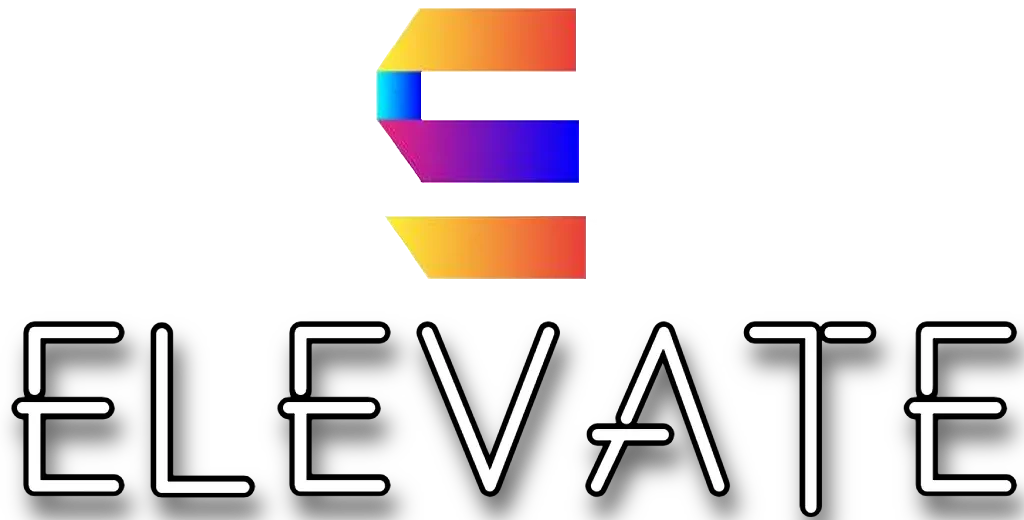IoT sensors in HVAC systems enhance efficiency by enabling real-time monitoring, predictive maintenance, and automated energy optimization. These smart systems reduce energy waste, lower costs, and improve indoor air quality for homes and businesses.
Unlike traditional HVAC setups that operate on fixed schedules or respond only when problems arise, IoT-powered systems proactively analyze performance data to detect inefficiencies, reduce energy waste, and prevent costly repairs. This means lower utility bills, improved system reliability, and enhanced indoor comfort for homeowners and businesses alike.
If you’re looking for advanced HVAC solutions that maximize efficiency, explore our smart climate control options.
How IoT Sensors Are Transforming HVAC Systems
IoT technology is revolutionizing HVAC performance by automating system adjustments, detecting potential failures, and improving energy efficiency. Smart sensors provide continuous feedback, allowing HVAC systems to self-regulate and adapt to changing indoor and outdoor conditions.
Key Benefits of IoT in HVAC Systems
- 24/7 Performance Monitoring – Tracks temperature, humidity, and air quality in real time.
- Predictive Maintenance – Detects early warning signs of system failure to prevent costly repairs.
- Remote Accessibility – Allows users to adjust settings and monitor performance from anywhere.
- Energy Optimization – Automatically adjusts heating and cooling based on occupancy and weather patterns.
- Enhanced Indoor Air Quality – Regulates airflow and filtration to maintain a healthier environment.
By leveraging real-time data and automation, IoT-enabled HVAC systems significantly improve efficiency, comfort, and cost savings.
Real-Time Monitoring for Energy and Cost Savings
One of the biggest advantages of IoT-driven HVAC systems is continuous performance tracking, which eliminates the guesswork in heating and cooling. Smart sensors monitor key metrics such as:
- Temperature fluctuations across different zones
- Humidity levels and air circulation patterns
- Energy consumption and system workload
- Airflow efficiency and duct performance
All this data is sent to a cloud-based analytics platform, where machine learning algorithms identify inefficiencies and make real-time system adjustments.
For example, if a smart HVAC system detects rising energy consumption without an increase in demand, it can automatically modify fan speeds, adjust temperature setpoints, or regulate airflow to prevent excess energy use—resulting in lower operating costs and a longer system lifespan.
Predictive Maintenance: A Smarter Approach to HVAC Repairs
Traditional HVAC maintenance is either reactive (fixing problems after they happen) or routine-based (servicing equipment at scheduled intervals, regardless of need). IoT technology enables predictive maintenance, which:
- Identifies wear and tear before a breakdown occurs
- Reduces emergency repair costs by addressing issues early
- Extends equipment lifespan through proactive servicing
- Minimizes downtime and avoids unexpected system failures
A study by Euristiq found that IoT-powered HVAC systems cut maintenance costs by up to 57% compared to conventional systems. By automatically alerting technicians to potential issues, businesses can schedule repairs at convenient times instead of dealing with sudden malfunctions.
Optimizing Energy Efficiency with IoT Smart Controls
HVAC systems are responsible for nearly 72% of total electricity consumption in commercial buildings, making them one of the biggest energy consumers. Without smart monitoring, overcooling, overheating, and improper scheduling lead to excessive energy waste.
How IoT Enhances HVAC Energy Efficiency
- Smart Thermostat Adjustments – Learns user habits and automates temperature control.
- Zoned Heating and Cooling – Directs conditioned air only where it’s needed to prevent unnecessary energy use.
- Dynamic Load Balancing – Reduces power consumption during peak hours.
- Occupancy-Based Control – Adjusts temperature settings based on real-time room occupancy.
By implementing IoT-driven HVAC technology, businesses and homeowners can cut energy waste by up to 40%, lowering utility bills while reducing environmental impact.
Improving Indoor Air Quality with Smart HVAC Sensors
Poor indoor air quality is a major concern, particularly in commercial buildings, schools, and healthcare facilities. Contaminants such as dust, allergens, mold spores, and volatile organic compounds (VOCs) can lead to respiratory issues, fatigue, and allergies.
How IoT Helps Maintain Healthier Indoor Air
- Monitors CO₂ levels and airborne pollutants in real time
- Adjusts ventilation and air filtration based on pollution levels
- Maintains optimal humidity to prevent mold growth
- Optimizes airflow to ensure proper circulation in every room
For large buildings or spaces with fluctuating occupancy, IoT-powered HVAC systems ensure cleaner air without excessive energy consumption.
Remote Access and Automation: Full Control Anytime, Anywhere
IoT-enabled HVAC systems allow homeowners and facility managers to monitor and control their heating and cooling systems remotely, ensuring greater flexibility and convenience.
Benefits of Remote HVAC Management
- Monitor real-time energy usage and system performance
- Receive instant alerts for potential malfunctions or inefficiencies
- Adjust temperature and airflow settings from a mobile app
- Automate schedules based on daily routines and occupancy trends
For businesses managing multiple properties, remote access ensures consistent climate control and energy efficiency across all locations.
Security and Compliance: Protecting Smart HVAC Systems
As HVAC systems become more interconnected, cybersecurity threats and regulatory compliance are growing concerns. IoT devices can be vulnerable to hacking, so it’s essential to implement strong security measures to protect system controls and user data.
Best Practices for IoT HVAC Security
- Data Encryption – Prevents unauthorized access to system information.
- Multi-Factor Authentication (MFA) – Adds an extra layer of protection.
- Regular Firmware and Software Updates – Keeps systems protected from vulnerabilities.
- Network Segmentation – Ensures HVAC controls remain separate from critical business infrastructure.
Additionally, IoT-powered HVAC solutions help businesses meet energy efficiency standards such as LEED and Energy Star certifications by continuously optimizing resource consumption.
The Future of IoT in HVAC Systems
The HVAC industry is moving toward even more intelligent, self-regulating systems powered by AI and machine learning. Upcoming innovations include:
- AI-driven climate control that learns and adapts to user preferences
- Integration with renewable energy sources like solar and wind power
- Smart grid connectivity for real-time demand response and load balancing
- Advanced fault detection that predicts and prevents system failures before they occur
As buildings become smarter and more sustainable, IoT-powered HVAC systems will continue to play a critical role in reducing energy costs and improving system reliability.
Final Thoughts
IoT sensors are transforming HVAC systems by enabling automation, predictive maintenance, and real-time energy management. Whether you’re a homeowner or a business owner, investing in smart HVAC technology can lead to lower energy bills, improved air quality, and enhanced system longevity.
If you’re considering an HVAC upgrade, integrating IoT-driven solutions is one of the best ways to improve efficiency, reduce operational costs, and ensure long-term reliability.










